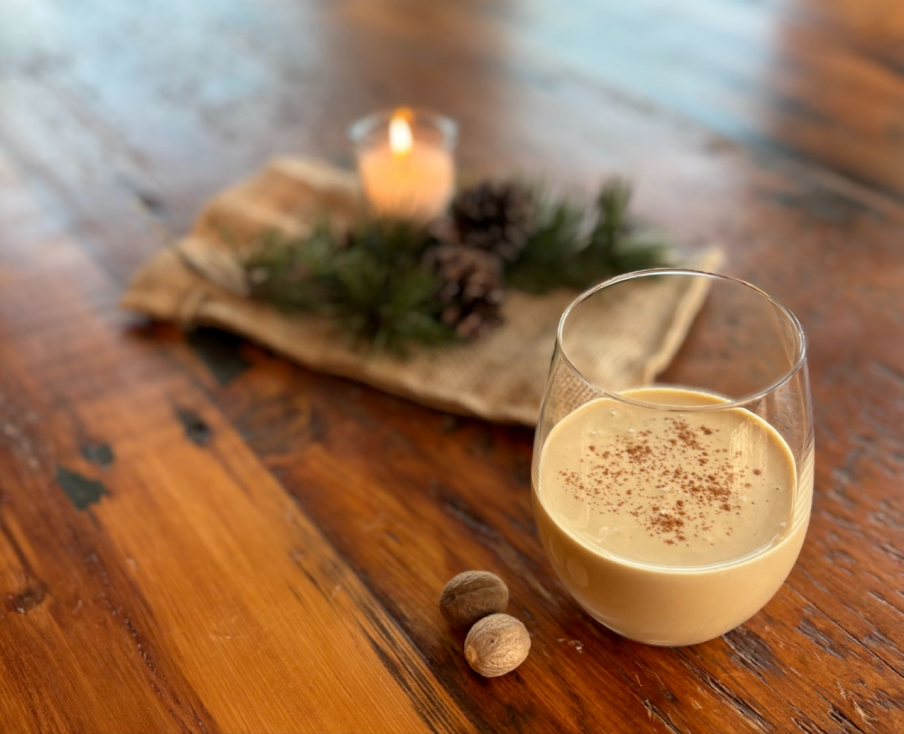Meal planning actually helps to save money. If you walk into the grocery store without a plan or a list, you are much more likely to buy things you don’t actually need. Or accidentally buy more than you can use in a week.
And meal planning helps to simplify things A LOT. There’s no wondering at the end of the day what you are going to make for dinner. If you already know what you’re making, it’s much easier to plan ahead so you have the time and ingredients on hand.
It also helps to simplify your pantry. Ever open the door to find a can of veggies that’s expired? Or an herb that you haven’t used in two years? If you’re intentionally meal planning around ingredients you’ll actually use in your meals, your pantry is less likely to fill up with odds and ends you have to sort through and figure out how to use up later…or worse throw out because it is old.
So without further ado, here is Liz’s next tip!
Tip #2: Meal Plan Ahead of Time!
“I serve the same meal plan each week, changing it every once in a while when new produce is coming in season or our family schedule is changing, etc. Exceptions for holidays, birthdays, special meals for guests seem to be enough to keep it interesting! You could even just pick a cut of meat or type of meat to build each weekday around if you want a little more variety. Or make a 2, 3, or 4 week plan to repeat. Example:
Monday: chicken, rice, broccoli
Tuesday: tacos
Wednesday: egg casserole with sausage, baked sweet potatoes, spinach
Thursday: beef roast in the slow cooker, sauerkraut, roasted potatoes and carrots
Friday: salmon with zucchini and peppers, rice
Saturday: soup, salad, nice bread
Sunday: grill out, cole slaw or salad
Make enough dinner to have for lunch the next day, with Saturdays as a "combinations" lunch to serve all the leftovers still around. That helps to simplify your meal planning quite a bit so you don’t have to come up with ideas for every meal.
Also get away from strict meal categories. You can have soup for any meal, or leftover dinner for any meal, or eggs for any meal, pancakes, hearty smoothies, etc. You can put pretty much anything into an omelette or scrambled eggs :)
Also simplify your ingredients! Great ingredients don’t need much seasoning. Things like garlic, onions, salt, pepper, fresh or dried herbs, or good fats such as butter, tallow, or bacon fat, are all great at seasoning meats and veggies without spending a lot of money on a pantry full of spices you use once or twice a year.
Keep some staples on hand, such as carrots, onions, garlic, celery, potatoes, frozen corn and peas, ginger, lemons, parsley. They’re very versatile and I use some of them almost every day. They can also be the main veg or part of a soup any time if I need them to.
It also helps to shop on a schedule. If you have your meal plan, you can make a list of ingredients you’ll need to cover all your meals for the week. Do your grocery shopping once a week at the store or farm. Again, this helps to reduce impulse buying, which your wallet will thank you for.
Shop with a budget. You can break it down between each source you use, or even break the budget for a certain store into food categories for a while until you get used to spending within the overall budget. For example, have a certain amount you’ll spend on meat, an amount you’ll spend on produce, an amount you’ll spend on pantry essentials, etc. Stick to it every week, and it will help ensure you don’t overspend.
I think I said it before but......don't fear monotony! Your family may get bored from time to time, but mostly if you are using good ingredients and find a few tasty simple recipes no one will complain! We eat eggs and toast pretty much every single weekday (and it is definitely boring). But we are busy on weekday mornings, and it fills us up and is healthy. So we stick with it! You will also save money by having a shorter list of ingredients that you always shop for and have on hand. There will be less waste because you will use those things often and you will be able to buy them in bulk.”
Give these tips a try and let us know what you think!













